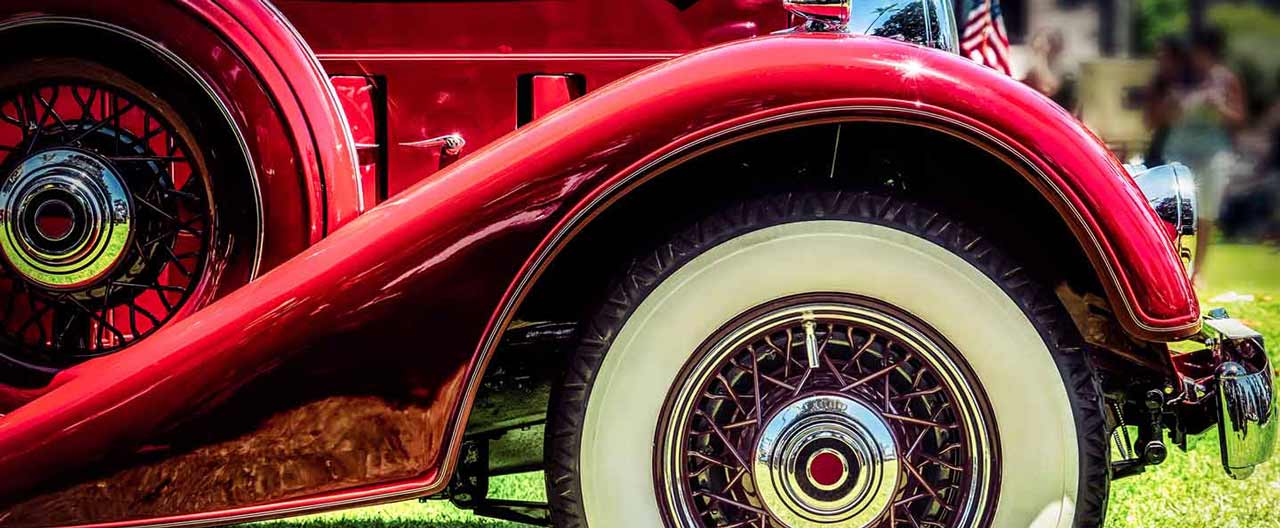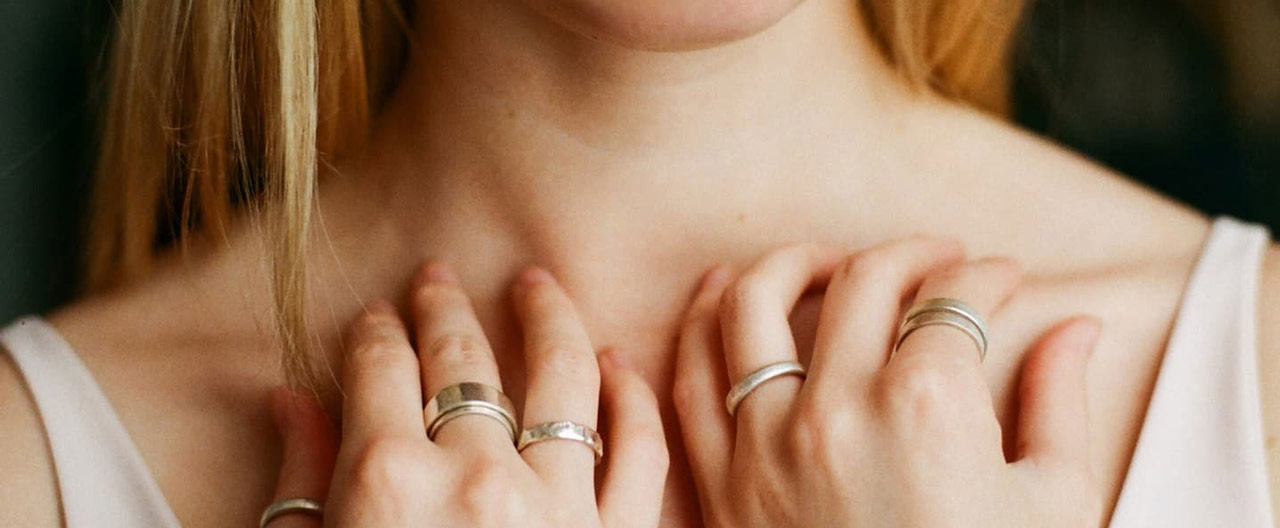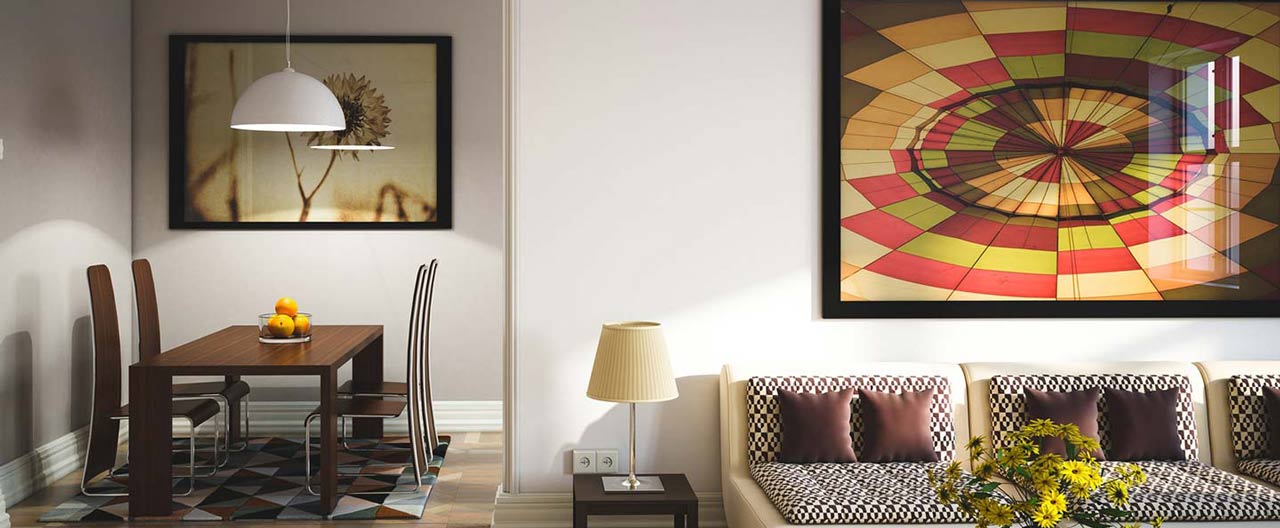- Individuals & Families
- Businesses
- Brokers

With winter on its way out, you may be ready for some spring cleaning.

Make sure you protect your classic cars from damage or additional wear and tear.

Keep your important papers and small valuables away from burglars, fire or natural disaster.

For over a hundred years, we’ve offered unparalleled stability and protection for small boats, yachts, luxury mega-yachts, and more.

Here are some things you can do to assist firefighters and minimize the damage to your home.

At their worst, disputes between professional service firms and their clients can lead to costly lawsuits.
Whether you keep your fine art in your home or a gallery, in storage or on display, it is wise to take steps to ensure that it is properly preserved for generations to come.
Below are a few tips to consider, depending on the type of material or media your artwork includes:
Panel paintings can be particularly fragile as wood can crack or warp in reaction to temperature or humidity fluctuations.
Oil on canvas paintings are also susceptible to environmental damage through cracking and cleavages of the different paint layers or deformations of the canvas support.
- What to do: Stabilize your environment to 20 – 21° C and a humidity level of approximately 45%. If you don’t have a central humidification system, consider using dehumidifiers in humid areas during the summer months and humidifiers in dry climates or during the winter months, when heating vents and fireplaces dry out the air. Keep your air conditioners and heating systems going, even when you are away from home, as turning the air down or off can create daily temperature and humidity fluctuations that can cause long-term damage.
Art on paper is susceptible to the acidic elements contained within most commercial paper stock, which, over time, can react internally to destabilize the paper. Works of art made using poor quality paper are particularly prone to deterioration, especially if the paper is mounted on acidic backing boards or mats, which can cause discoloration and embrittlement. Minute metal shavings, introduced during the paper manufacturing process, can also corrode when exposed to humidity, resulting in dark rust spots as the paper, known as foxing.
- What to do: Foxing can be difficult to remove, although it can be minimized through vacuum suction cleaning techniques or careful retouching with appropriate conservation paints. To prevent foxing, properly frame your pieces using archival materials and maintain a climate-controlled storage or display environment.
Vases and bowls can break, scratch or crack.
- What to do: Always pick them up and carry them by the base, rather than the neck or lip.
Sculptural objects may get knocked over or damaged.
- What to do: Place them in secure and stable display shelves or stands that are large enough to support their weight, away from high traffic areas. Take care when cleaning or dusting around these objects.

Photographs, watercolours, works with coloured inks, and textiles can fade with exposure to ultra violet (“UV”) radiation from sunlight or artificial light sources.
- What to do: Avoid using picture lights mounted on frames, as they can generate heat or burn or tear the surface if they fall or break. Place your works of art on interior walls (avoiding areas below bathrooms or pipes), and in areas with indirect sunlight, or use recessed or ceiling-mounted lighting. Keep the curtains and shades drawn and turn off lights when a room is not in use. You can also install UV-filtering film on windows and lighting elements, and rotate artwork in and out of storage to prevent too much UV exposure.
Works of art on paper or textiles are also susceptible to damage due to improper framing.
- What to do: Use museum quality, archival materials to frame your artwork. Mount and back them with acid-free materials such as museum ragboard or blueboard. Ensure that adhesives are archival and reversible. Use matting and archival hinging, as unmated items can become permanently adhered to the glazing (glass or plexiglass), particularly in high humidity environments.
Artwork with powdery or loose pigment such as pastels or charcoal can be damaged by static build-up if not properly framed.
- What to do: Use UV glass, such as museum glass or den anti-reflective glass and a protective dust-seal backing, to prevent dirt, dust, and insect contamination.
Insights and expertise



This document is advisory in nature and is offered as a resource to be used together with your professional insurance advisors in maintaining a loss prevention program. It is an overview only, and is not intended as a substitute for consultation with your insurance broker, or for legal, engineering or other professional advice.
Chubb is the marketing name used to refer to subsidiaries of Chubb Limited providing insurance and related services. For a list of these subsidiaries, please visit our website at www.chubb.com. Insurance provided by Chubb Insurance Company of Canada or Chubb Life Insurance Company of Canada (collectively, “Chubb Canada”). All products may not be available in all provinces or territories. This communication contains product summaries only. Coverage is subject to the language of the policies as actually issued.

